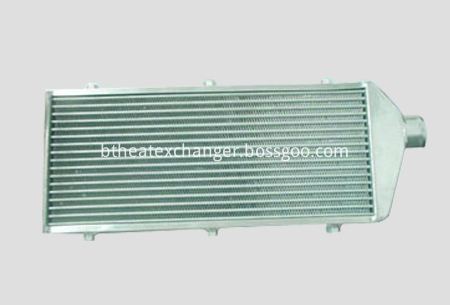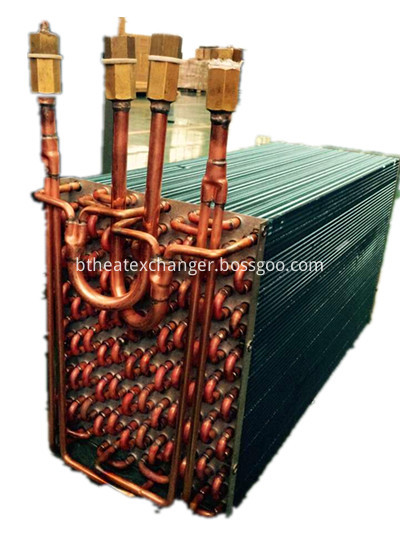The radiating pipe of tube&fin heat exchanger has the features of small(no touch thermal resistance), good heat-transfer performance, high intensity, small resistance, not easy to collect dust, strong antiseptic property, long working lives etc. Used for air heating in commercial applications and pharma equipments like - Fluid bed dryers, Tray dryers, Spray flash dryers etc. We can produce/design various finned tubes as per your requirements.
Our main products:
Tube-fin intercooler, tube&fin radiator with Aluminum for automotive&motorcycle parts. Comparing with Aluminum plate&bar coolers, it is lighter.
Fin Tube radiators with carbon steel or stainless steel or other material, and the type of tubes are seamless or welded;
Fin tube Condenser Coils, Evaporator Coils with copper tube and alumium fin.

Different kinds of tube&fin heat exchangers can be developed & designed according to your specification.


Auto Aluminum Front Mount Intercooler,Tube Fin Radiators,Tube And Fin Intercooler, Auto Aluminum Radiator, Tube-Fin Heat Exchanger, Condenser Coils, Evaporator Coils
Wuxi Better Technology Co., Ltd , https://www.btheatexchanger.com